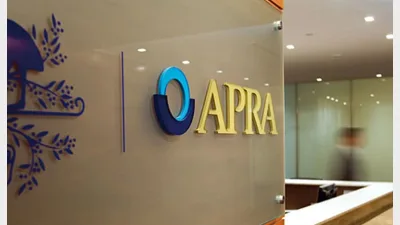Scale crucial as industry consolidates
Superannuation administration is a high turnover narrow margin business — these factors dictate that administrators need to have substantial scale if they are going to succeed.
The challenge confronting administrators is to maintain scale in the face of a rapidly consolidating industry — something that has been underlined by the recent release of figures by the Australian Prudential Regulation Authority (APRA).
According to the figures released last month by APRA deputy chairman Ross Jones, “the accelerated progress of consolidation in the industry has resulted in a contraction in the number of service providers engaged by trustees”.
“In particular, an increasing proportion of trustees are using fewer custodians, audit firms and investment managers,” he said.
“The decreasing proportion of qualified audit reports may indicate improvement in the prudential management of members’ benefits,” he added.
Jones said that in the four years to June 2005, the number of superannuation entities (with more than four members and excluding exempt public sector funds and pooled superannuation trusts) has declined by over 55 per cent to 1,305. The number of audit firms servicing those entities decreased 57 per cent over the same period, while the number of entities that received a qualified audit report dropped from 6.4 per cent to 3.9 per cent.
Jones did not express a view on the impact on administrators, but the anecdotal evidence suggests they have not been immune.
With that in mind, the latest Super Review Top Super Funds survey reveals that when it comes to scale there are six key administrators that can be counted as majors.
Superpartners is the biggest player in the field, largely as a result of its longstanding relationship with the major industry funds.
However, to determine sufficient scale you need to look beyond the number of funds a particular administrator might have on its books and towards the size of those clients — how many members they have and the level of their funds under management.
On that basis, Telstra subsidiary Australian Administration Services undoubtedly slots into second place, boasting a number of large and mid-range clients such as REST, Care Super, Catholic Super and LUCRF.
Thereafter, it becomes a somewhat subjective exercise, with Pillar administration vying with the likes of CitiStreet. While Pillar boasts a number of significant clients such as the $10.2 billion, 457,000 member FirstState Super, the $1.1 billion, 68,000 member Print Super, and the $1.4 billion, 150,000 member AGEST, CitiStreet boasts clients such as the $8 billion, 850,000 member Queensland-based Sunsuper, the $1.1 billion, 118,000 member Asset super, and the $1.8 billion, 75,000 member NGS Super.
Thereafter, Mercer emerges as probably the most significant player, looking after a range of small to mid-size corporate superannuation funds plus some major players such as Emergency Services Super and Local Government Super and CUE Super.
The Super Review survey tends to put the IBM acquisition of Russell’s administration interests into perspective, with Russell having a carriage of major corporate funds such as BHP Billiton and Bluescope Steel, along with strategically influential funds such as the ANZ Australian Staff Super Fund.
Recommended for you
Following the roundtable, the Treasurer said the government plans to review the superannuation performance test, stressing that the review does not signal its abolition.
The Australian Prudential Regulation Authority (APRA) has placed superannuation front and centre in its 2025-26 corporate plan, signalling a period of intensified scrutiny over fund expenditure, governance and member outcomes.
Australian Retirement Trust (ART) has become a substantial shareholder in Tabcorp, taking a stake of just over 5 per cent in the gaming and wagering company.
AustralianSuper CEO Paul Schroder has said the fund will stay globally diversified but could tip more money into Australia if governments speed up decisions and provide clearer, long-term settings – warning any mandated local investment quota would be “a disaster”.











